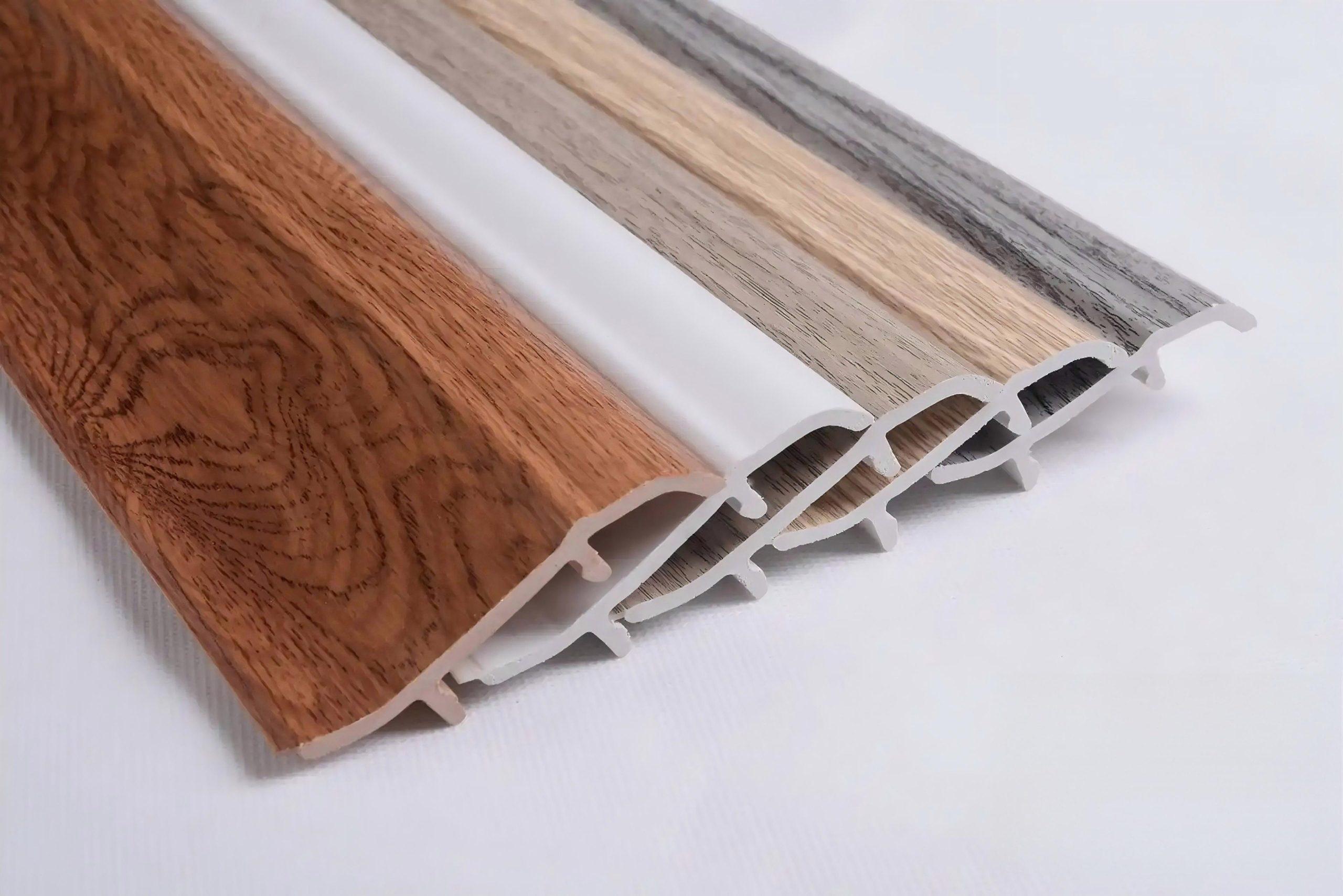Wall panels are versatile building materials used for interior decoration, exterior cladding, and functional protection. Their types are classified by material, application scenario, and functional purpose, with each category covering multiple common options. Below is a detailed breakdown to answer "how many types there are" and their core characteristics.
1. Classification by Core Material: 6 Main Categories
Material is the most common way to categorize wall panels, as it directly determines their performance, cost, and use scope.
① Wood-Based Wall Panels
Made from natural wood or wood derivatives, they offer a warm, natural aesthetic. Common types include:
- Solid wood panels: Cut from whole logs (e.g., pine, oak), ideal for high-end interiors but prone to moisture damage.
- Plywood panels: Layered wood veneers bonded with adhesives, durable and stable for both interior and light exterior use.
- MDF (Medium-Density Fiberboard) panels: Compressed wood fibers, smooth surface for painting or veneering, widely used in furniture and interior walls.
② Stone & Tile Wall Panels
Known for durability and water resistance, suitable for wet or high-wear areas.
- Natural stone panels: Marble, granite, or travertine, used for luxury interiors (e.g., hotel lobbies) or exterior facades.
- Ceramic tile panels: Large-format ceramic or porcelain tiles, common in bathrooms, kitchens, and exterior cladding due to their low maintenance.
③ Metal Wall Panels
Lightweight, fire-resistant, and long-lasting, mainly for exteriors and industrial interiors.
- Aluminum panels: Corrosion-resistant, often used for commercial building facades.
- Steel panels: High-strength, suitable for industrial workshops or outdoor walls (with anti-rust coating).
④ PVC & Plastic Wall Panels
Affordable and moisture-proof, popular for budget-friendly interiors.
- PVC panels: Low-cost, easy to install, common in bathrooms, balconies, or temporary structures.
- WPC (Wood-Plastic Composite) panels: Blend of wood fibers and plastic, mimics wood texture but resists rot, ideal for outdoor decks or interior accent walls.
⑤ Gypsum-Based Wall Panels
Lightweight and fire-retardant, core materials for interior partitions.
- Gypsum board panels: Basic option for interior walls and ceilings, often covered with paint or wallpaper.
- Gypsum fiber panels: Reinforced with fibers, more durable for high-traffic areas like offices or schools.
⑥ Glass & Acrylic Wall Panels
Transparent or semi-transparent, used for modern, light-filled spaces.
- Tempered glass panels: Safe and impact-resistant, for shower enclosures or interior dividers.
- Acrylic panels: Lightweight alternative to glass, easy to shape for creative designs (e.g., backlit accent walls).
2. Classification by Application: 2 Key Scenarios
Wall panels are also divided by where they are used, as different environments demand specific performance.
① Interior Wall Panels
Focus on aesthetics, sound insulation, and comfort. Common types include wood-based, gypsum, PVC, and glass panels. For example, MDF panels for living room walls, PVC panels for bathrooms, and glass panels for room dividers.
② Exterior Wall Panels
Prioritize durability, weather resistance, and corrosion protection. Main options: metal (aluminum/steel), stone, ceramic tile, and WPC panels. They shield buildings from rain, UV rays, and temperature changes.
3. Classification by Function: 3 Functional Types
Some panels are designed for specific purposes beyond decoration.
① Decorative Wall Panels
Primary role: Enhance visual appeal. Examples include solid wood panels, marble panels, and acrylic accent panels.
② Protective Wall Panels
Focus on durability and damage resistance: steel panels (anti-impact), ceramic tile panels (anti-scratch), and PVC panels (anti-moisture).
③ Insulated Wall Panels
Add thermal or sound insulation: foam-core metal panels (thermal insulation for cold regions) or soundproof gypsum panels (for bedrooms or home theaters).
In summary, wall panels have over 20 specific types when counting subcategories under material, application, and function. The key is to choose based on your needs: budget, environment (indoor/outdoor, wet/dry), and design style.

